‘Metroman’ E Sreedharan has questioned the government’s endorsement of the build-operate-transfer (BOT) model to be followed for all Metro projects.
‘Metroman’ E Sreedharan has questioned the government’s endorsement of the build-operate-transfer (BOT) model to be followed for all Metro projects. Should large infrastructure projects be the sole responsibility of the government, or will private participation put them on the fast track?
Delhi Metro Rail Corporation (DMRC) managing director E Sreedharan has advocated the increased involvement of governments, whether state or central, in large infrastructure projects such as the Metro rail.
In a three-page letter written to Montek Singh Ahluwalia, deputy chairman of the Planning Commission, the ‘Metroman’ has expressed concern over the government’s endorsement of the build-operate-transfer (BOT) model for all future Metro rail projects. In the wake of this letter, there’s a question mark on the pace of progress of other projects being carried out with or without government participation.
“No metro project has so far succeeded on BOT basis. Our own example of Mumbai Metro-I has still not given us the required confidence in the BOT route. Despite this, the central government is planning to operationalise all future metro projects under the BOT model. Under this, the centre would reduce its role to just providing a fixed project viability gap funding. We are turning back the clock and all future metros will run into serious problems.” A serious observation from the man responsible for running the Delhi Metro in profit almost from the first day of operations.
The Mumbai Trans Harbour Link (MTHL) is another example of the state government’s lacklustre planning. The project, conceived in the late 70s, has till date not seen any progress. The government had invited tenders, to which both Ambani brothers (Anil Ambani’s Reliance Energy and Mukesh Ambani’s Sea King infrastructure) responded.
Anil Ambani’s company quoted nine years and 11 months as the concession period, during which it was to design, build, own, operate and transfer the project to the Maharashtra State Road Development Corporation Ltd (MSRDC); Mukesh’s company quoted 75 years for the same. The government initially accepted Anil’s offer, but later found both offers unrealistic.
Now, the MMRDA has stepped in and will finance the project, costing around Rs7,600 crore. This is yet another case of a BOT model failing to see the light of day.
As far as Mumbai Metro is concerned, the project is already running behind schedule. Company officials say though work is on at full swing, there are several hurdles, one of them being the depot land at Versova. The land, which belonged to a private developer, created problems for all those concerned with the Metro project — right from MMRDA to Reliance.
The repealing of the Urban Land Ceiling and Regulation Act (ULCRA) created hindrances in the acquisition of land, which was followed by litigations from the developer. The land has now been acquired — but only on paper. If this was not enough, a rail over bridge (ROB) to be built at Andheri looks to be spoiling the party. The Western Railway has, in principle, given the nod for constructing the bridge, but is not allowing the work to begin. The railways are themselves conducting a feasibility study for an elevated rail corridor above the existing Western Railway route, from Churchgate to Virar. Railways Minister Lalu Prasad Yadav announced the project in the rail budget in February 2008.
Now, if this project gets the final nod, the Mumbai Metro ROB will create a major problem. Precisely due to this, the railways have not given the final go-ahead for the ROB. However, MMRDA officials are of the firm opinion that this bridge will get the nod.
“The elevated railway corridor is at the feasibility stage. For this, how can they disturb the design of a project which is already in progress? Moreover, there are about 52 bridges along the Churchgate-Virar route. How will railway officials manage them all?” a top MMRDA official asked.
Be it Metro or the MTHL, the BOT models seem to have gone horribly wrong somewhere. But government officials still feel that it cannot be completely ruled out.
“The Delhi Metro model of equal participation by the central and state governments is definitely viable. But the BOT model can also be put to good effect. In this model, the state government can save on cost, since the responsibility to complete the project lies with the private developer. The land needed to be acquired is the only responsibility of the government,” said UPS Madan, managing director of Mumbai Transformation Support Unit. “In case of Hyderabad Metro, the land acquired is turning out to be at the centre of controversy, but in the case of Mumbai Metro, this issue has been resolved,” Madan added.
Another senior bureaucrat also pointed towards the funding patterns of the Delhi Metro. “In Delhi, things can move at a much faster pace. Mumbai has always been given lesser priority. How can one expect to implement a model when state officials have to have every single thing sanctioned by the centre first?” questioned the official, on condition of anonymity.
Projects running behind schedule
Mumbai urban transport project
It was launched to improve the mass transport system and build two major roads for east-west connectivity. Partly funded by the World Bank (WB), it has rail and road components. The rail component, involving the expansion of tracks and the addition of new coaches in the local railway, is a bit behind schedule. Worst hit is the road component. Work on the Jogeshwari-Vikhroli Link Road (JVLR) and Santa Cruz-Chembur Link Road (SCLR) is slow.
Flip side: Hurdles in road widening, like the removal of religious structures. The 2008 deadline unlikely to be met. WB stopped the loan in March 2006, saying the state government wasn’t meeting legal obligations.
Mumbai Trans Harbour Link
This is the biggest infrastructure project in the Mumbai Metropolitan Region. The elevated 22 km corridor will connect the eastern suburbs directly to Nhava-Sheva. It will have eight lanes and will cross Sewri and Thane creeks. The corridor will connect Mumbai island city to the mainland at Navi Mumbai, reducing the burden on the Thane creek bridge and the Airoli Bridge.
Flip side: The project was to be carried out on DBOOT (design-build-own-operate-transfer) basis. Both Ambani brothers were trying to win the contract but the government felt their bids were not realistic and had to cancel the BOT route.
Project cost: Initially floated by the MSRDC, it will cost at least Rs6,000 crore. MMRDA will decide the funding pattern of the project. Rs2,000 crore will be contributed upfront by MMRDA; the rest will be raised through institutional finance and by levying betterment charges on all commercial and residential sale transactions.
Bandra-Worli sea link
It is a glamorous project by the MSRDC, which has been running behind schedule. Constructed by the Hindustan Construction Company (HCC), it is the first sea link in the country.
Flip side: The original design of the sea link has been changed by up to 75%. Initially, there was only one cable stay at the Bandra end, but after protests by the fishermen from Worli Koliwada, another cable stay is being raised at Worli. The HCC has been blaming the MSRDC as well as the state government for non-payment of dues. But, on the other hand, the HCC also claims that it is following the time table.
Project cost: Rs1,460 crore. This includes the construction of carriageways at both ends of the link, the beautification of the Bandra promenade, the Love grove flyover at Worli, Mahim intercharge, and the improvement of Worli sea face (Khan Abdul Ghaffar Khan Road).
Mumbai Metro
It is a special purpose vehicle (SPV) formed by the name Mumbai Metro One Pvt Ltd that involves Reliance Energy, MMRDA and Veolia Transport Company. The 11.07-km metro, a public private partnership project, will run from Versova to Ghatkopar, crossing the Western Express Highway and the Western Railway tracks. It will have 12 stations. Work began in February 2008. The project is expected to be completed by 2010.
Major hurdles: The depot land at Versova is still to be physically handed over to Mumbai Metro One. The rail over bridge at Andheri still awaits a final approval from the Western Railways. With the railways planning an elevated corridor from Churchgate to Virar, this bridge and other alignment-related issues may delay work on the Metro even further.
Project cost: Rs2,356 crore. MMRDA and Reliance to share Rs 650 crore each. The balance to be raised through debt and equity.
s_ninad@dnaindia.net
![submenu-img]() MBOSE 12th Result 2024: HSSLC Meghalaya Board 12th result declared, direct link here
MBOSE 12th Result 2024: HSSLC Meghalaya Board 12th result declared, direct link here![submenu-img]() Apple iPhone 14 at ‘lowest price ever’ in Flipkart sale, available at just Rs 10499 after Rs 48500 discount
Apple iPhone 14 at ‘lowest price ever’ in Flipkart sale, available at just Rs 10499 after Rs 48500 discount![submenu-img]() Meet man who left high-paying job, built Rs 2000 crore business, moved to village due to…
Meet man who left high-paying job, built Rs 2000 crore business, moved to village due to…![submenu-img]() Meet star, who grew up poor, identity was kept hidden from public, thought about suicide; later became richest...
Meet star, who grew up poor, identity was kept hidden from public, thought about suicide; later became richest...![submenu-img]() Watch: Ranbir Kapoor recalls 'disturbing' memory from his childhood in throwback viral video, says 'I was four years...'
Watch: Ranbir Kapoor recalls 'disturbing' memory from his childhood in throwback viral video, says 'I was four years...'![submenu-img]() DNA Verified: Is CAA an anti-Muslim law? Centre terms news report as 'misleading'
DNA Verified: Is CAA an anti-Muslim law? Centre terms news report as 'misleading'![submenu-img]() DNA Verified: Lok Sabha Elections 2024 to be held on April 19? Know truth behind viral message
DNA Verified: Lok Sabha Elections 2024 to be held on April 19? Know truth behind viral message![submenu-img]() DNA Verified: Modi govt giving students free laptops under 'One Student One Laptop' scheme? Know truth here
DNA Verified: Modi govt giving students free laptops under 'One Student One Laptop' scheme? Know truth here![submenu-img]() DNA Verified: Shah Rukh Khan denies reports of his role in release of India's naval officers from Qatar
DNA Verified: Shah Rukh Khan denies reports of his role in release of India's naval officers from Qatar![submenu-img]() DNA Verified: Is govt providing Rs 1.6 lakh benefit to girls under PM Ladli Laxmi Yojana? Know truth
DNA Verified: Is govt providing Rs 1.6 lakh benefit to girls under PM Ladli Laxmi Yojana? Know truth![submenu-img]() Alia Bhatt wears elegant saree made by 163 people over 1965 hours to Met Gala 2024, fans call her ‘princess Jasmine’
Alia Bhatt wears elegant saree made by 163 people over 1965 hours to Met Gala 2024, fans call her ‘princess Jasmine’![submenu-img]() Jr NTR-Lakshmi Pranathi's 13th wedding anniversary: Here's how strangers became soulmates
Jr NTR-Lakshmi Pranathi's 13th wedding anniversary: Here's how strangers became soulmates![submenu-img]() Streaming This Week: Heeramandi, Shaitaan, Manjummel Boys, latest OTT releases to binge-watch
Streaming This Week: Heeramandi, Shaitaan, Manjummel Boys, latest OTT releases to binge-watch![submenu-img]() Remember Ayesha Kapur? Michelle from Black, here's how actress, nutrition coach, entrepreneur looks after 19 years
Remember Ayesha Kapur? Michelle from Black, here's how actress, nutrition coach, entrepreneur looks after 19 years![submenu-img]() Remember Heyy Babyy's cute 'Angel' Juanna Sanghvi? 20 year-old looks unrecognisable now, fans say 'her comeback will...'
Remember Heyy Babyy's cute 'Angel' Juanna Sanghvi? 20 year-old looks unrecognisable now, fans say 'her comeback will...'![submenu-img]() Haryana Political Crisis: Will 3 independent MLAs support withdrawal impact the present Nayab Saini led-BJP government?
Haryana Political Crisis: Will 3 independent MLAs support withdrawal impact the present Nayab Saini led-BJP government?![submenu-img]() DNA Explainer: Why Harvey Weinstein's rape conviction was overturned, will beleaguered Hollywood mogul get out of jail?
DNA Explainer: Why Harvey Weinstein's rape conviction was overturned, will beleaguered Hollywood mogul get out of jail?![submenu-img]() What is inheritance tax?
What is inheritance tax?![submenu-img]() DNA Explainer: What is cloud seeding which is blamed for wreaking havoc in Dubai?
DNA Explainer: What is cloud seeding which is blamed for wreaking havoc in Dubai?![submenu-img]() DNA Explainer: What is Israel's Arrow-3 defence system used to intercept Iran's missile attack?
DNA Explainer: What is Israel's Arrow-3 defence system used to intercept Iran's missile attack?![submenu-img]() Meet star, who grew up poor, identity was kept hidden from public, thought about suicide; later became richest...
Meet star, who grew up poor, identity was kept hidden from public, thought about suicide; later became richest...![submenu-img]() Watch: Ranbir Kapoor recalls 'disturbing' memory from his childhood in throwback viral video, says 'I was four years...'
Watch: Ranbir Kapoor recalls 'disturbing' memory from his childhood in throwback viral video, says 'I was four years...'![submenu-img]() This superstar was in love with Muslim actress, was about to marry her, relationship ruined after death threats from..
This superstar was in love with Muslim actress, was about to marry her, relationship ruined after death threats from..![submenu-img]() Meet Madhuri Dixit’s lookalike, who worked with Akshay Kumar, Govinda, quit films at peak of career, is married to…
Meet Madhuri Dixit’s lookalike, who worked with Akshay Kumar, Govinda, quit films at peak of career, is married to… ![submenu-img]() Meet former beauty queen who competed with Aishwarya, made debut with a superstar, quit acting to become monk, is now..
Meet former beauty queen who competed with Aishwarya, made debut with a superstar, quit acting to become monk, is now..![submenu-img]() IPL 2024: Jake Fraser-McGurk, Abishek Porel power DC to 20-run win over RR
IPL 2024: Jake Fraser-McGurk, Abishek Porel power DC to 20-run win over RR![submenu-img]() SRH vs LSG, IPL 2024: Predicted playing XI, live streaming details, weather and pitch report
SRH vs LSG, IPL 2024: Predicted playing XI, live streaming details, weather and pitch report![submenu-img]() IPL 2024: Here’s why CSK star MS Dhoni batted at No.9 against PBKS
IPL 2024: Here’s why CSK star MS Dhoni batted at No.9 against PBKS![submenu-img]() SRH vs LSG IPL 2024 Dream11 prediction: Fantasy cricket tips for Sunrisers Hyderabad vs Lucknow Super Giants
SRH vs LSG IPL 2024 Dream11 prediction: Fantasy cricket tips for Sunrisers Hyderabad vs Lucknow Super Giants![submenu-img]() Watch: Kuldeep Yadav, Yuzvendra Chahal team up for hilarious RR meme, video goes viral
Watch: Kuldeep Yadav, Yuzvendra Chahal team up for hilarious RR meme, video goes viral![submenu-img]() Not Alia Bhatt or Isha Ambani but this Indian CEO made heads turn at Met Gala 2024, she is from...
Not Alia Bhatt or Isha Ambani but this Indian CEO made heads turn at Met Gala 2024, she is from...![submenu-img]() Man makes Lord Hanuman co-litigant in plea, Delhi High Court asks him to pay Rs 100000…
Man makes Lord Hanuman co-litigant in plea, Delhi High Court asks him to pay Rs 100000…![submenu-img]() Four big dangerous asteroids coming toward Earth, but the good news is…
Four big dangerous asteroids coming toward Earth, but the good news is…![submenu-img]() Isha Ambani's Met Gala 2024 saree gown was created in over 10,000 hours, see pics
Isha Ambani's Met Gala 2024 saree gown was created in over 10,000 hours, see pics![submenu-img]() Indian-origin man says Apple CEO Tim Cook pushed him...
Indian-origin man says Apple CEO Tim Cook pushed him...


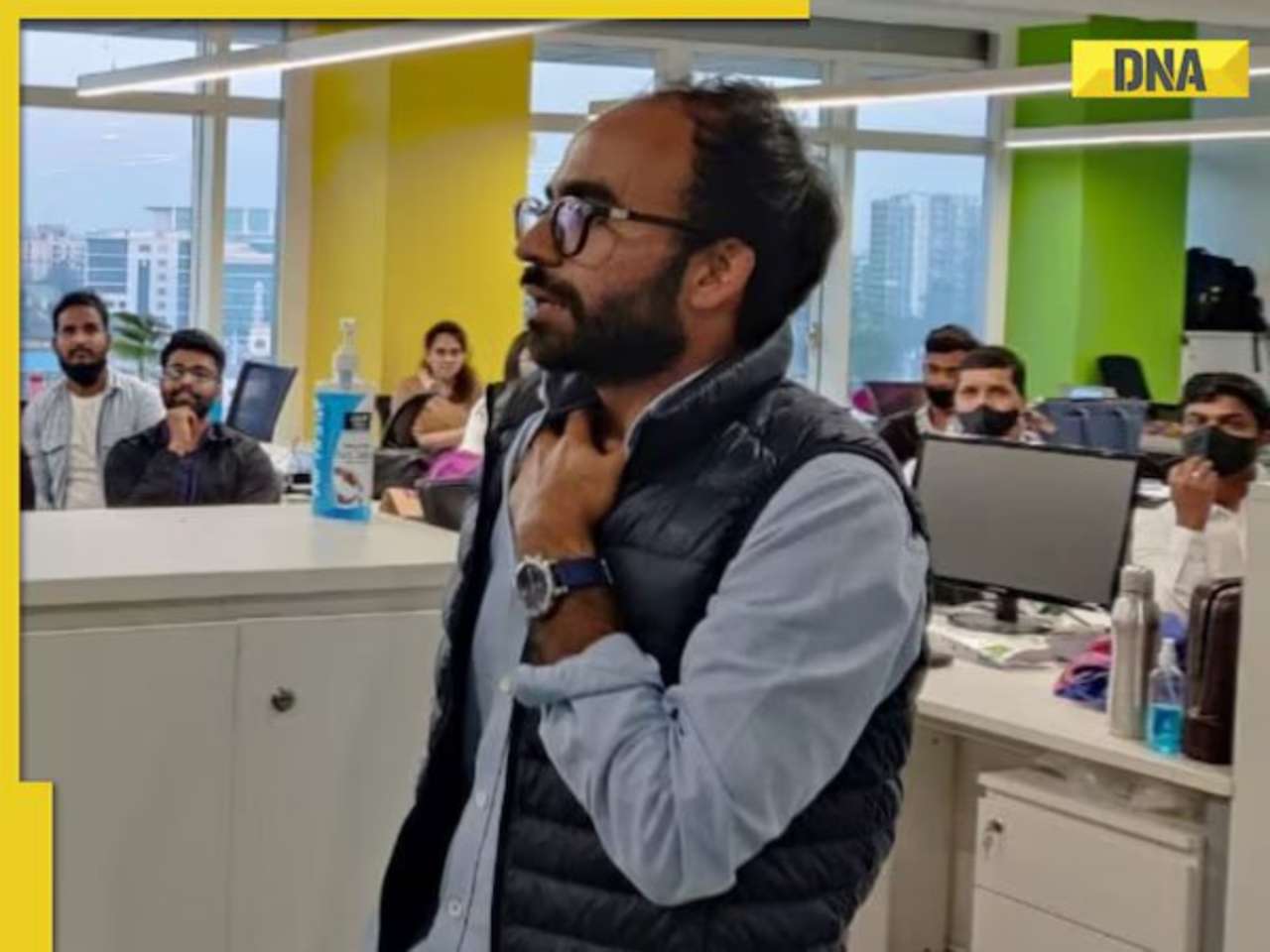

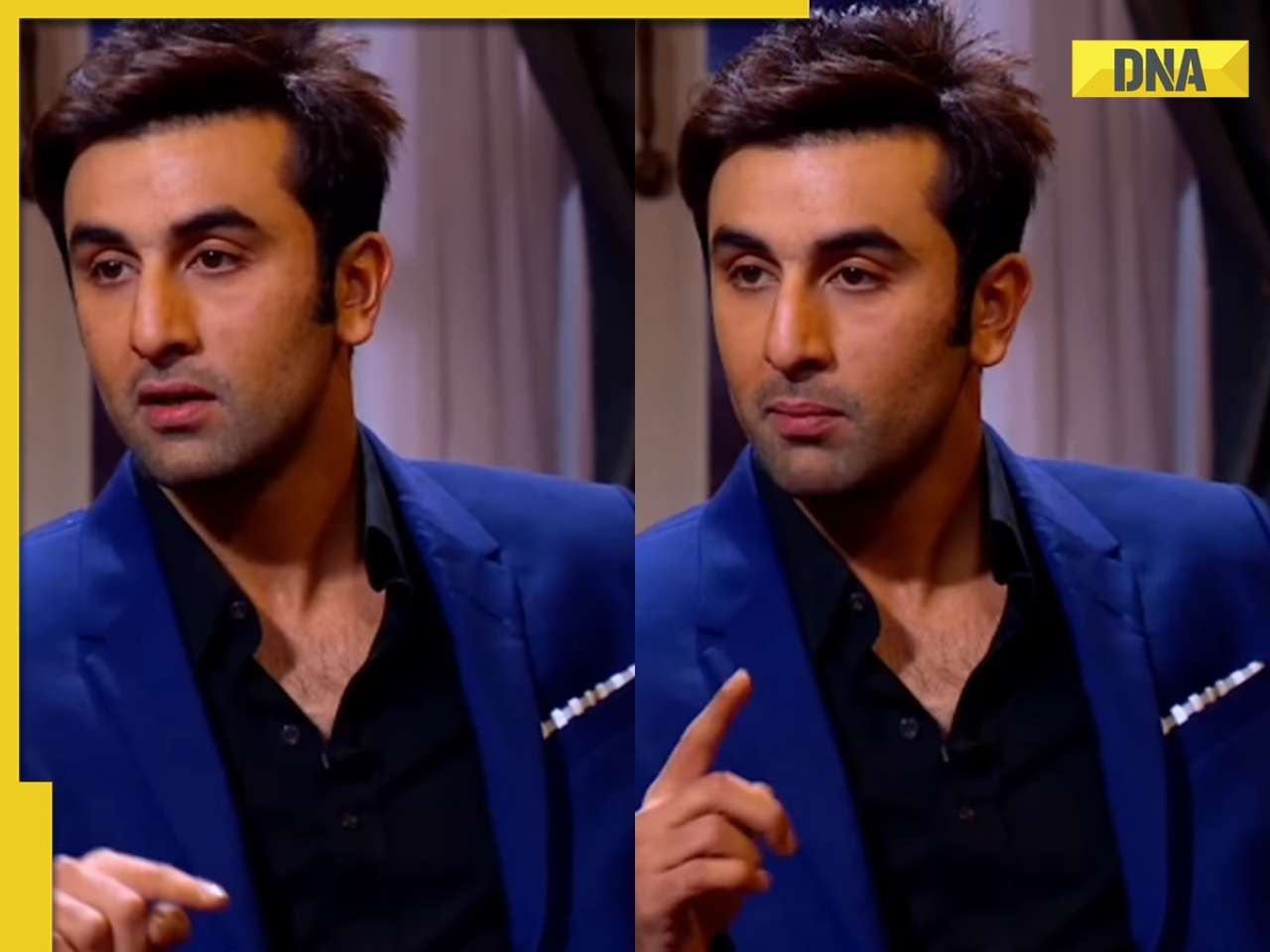




















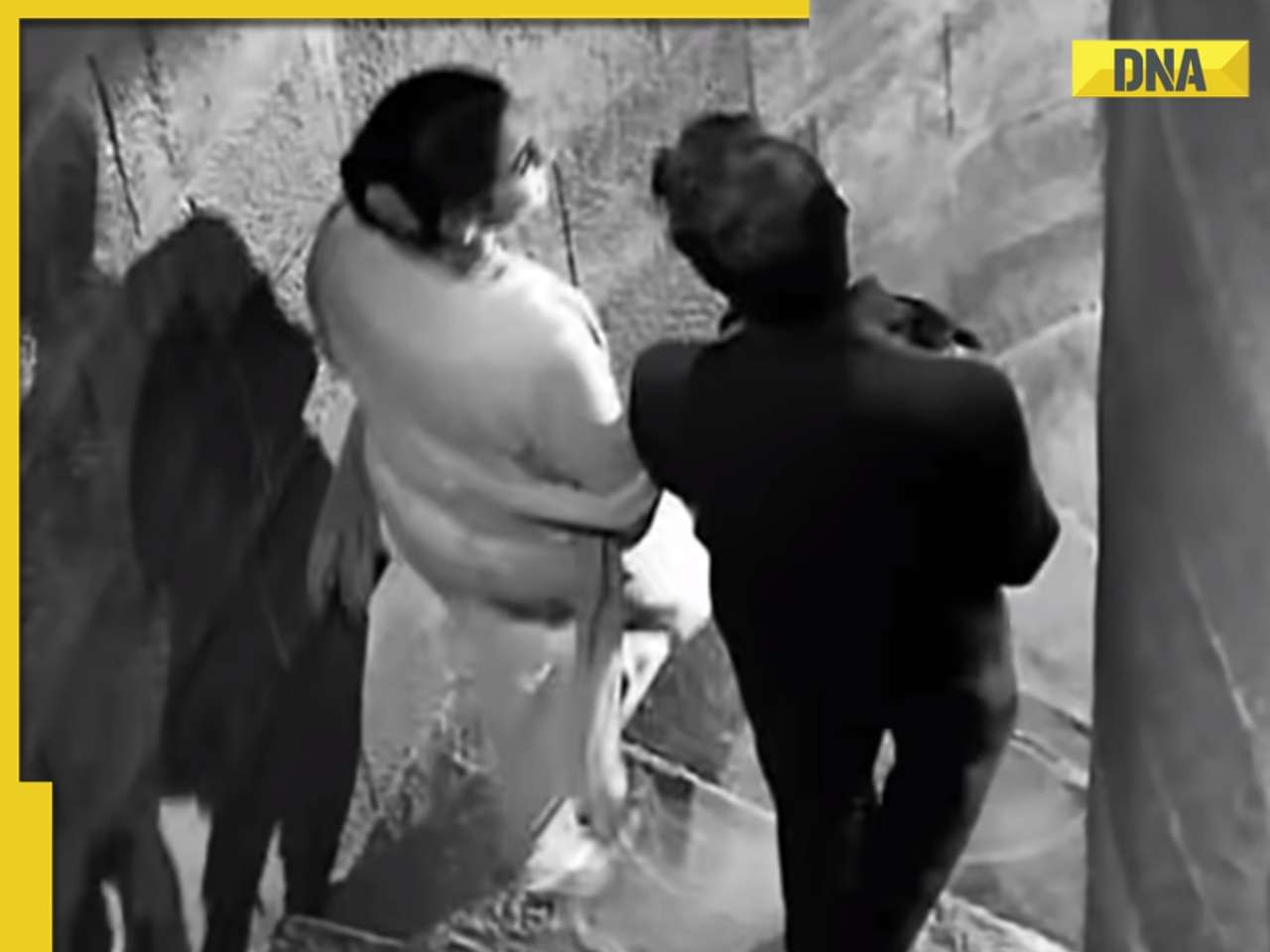
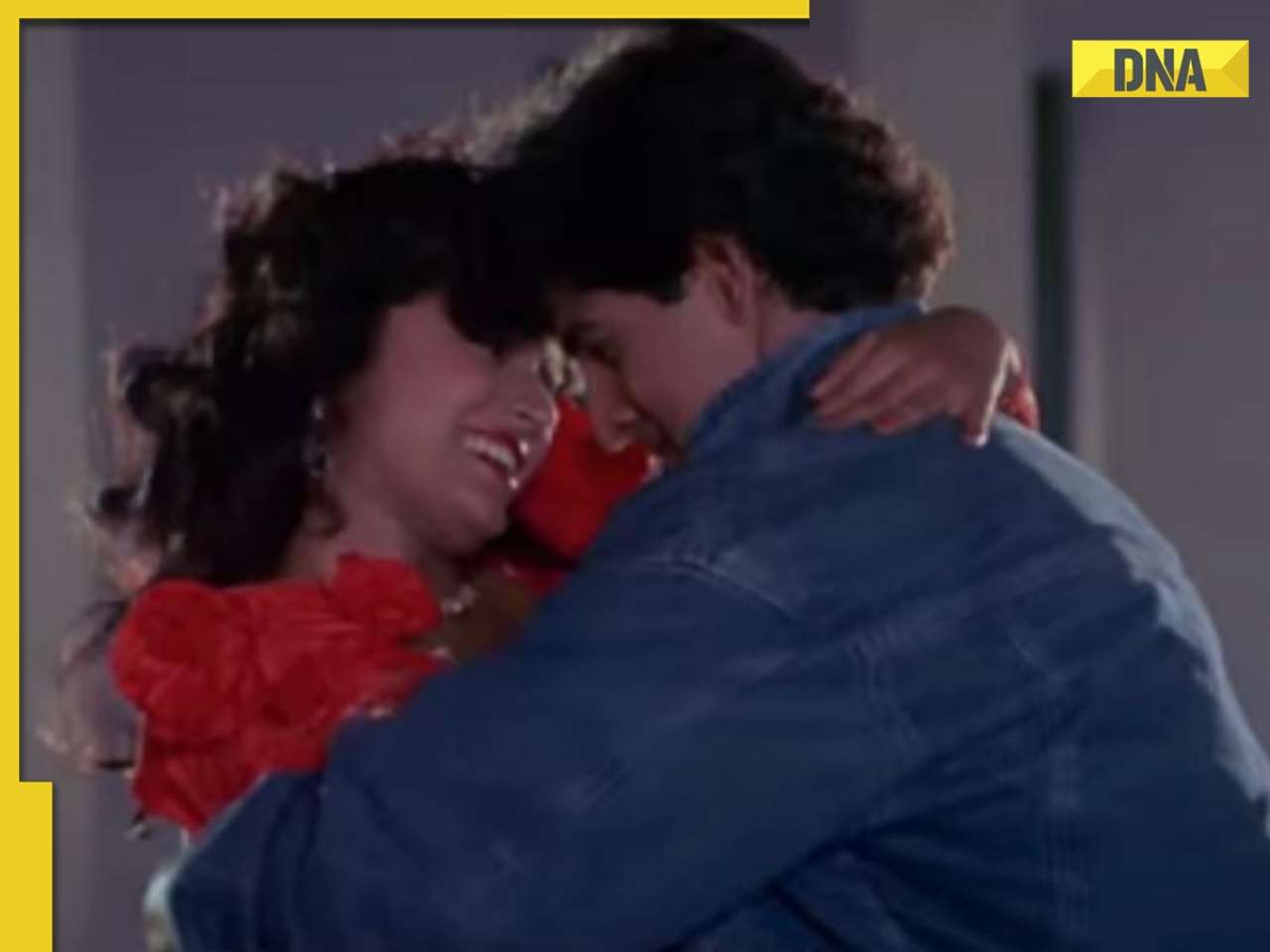



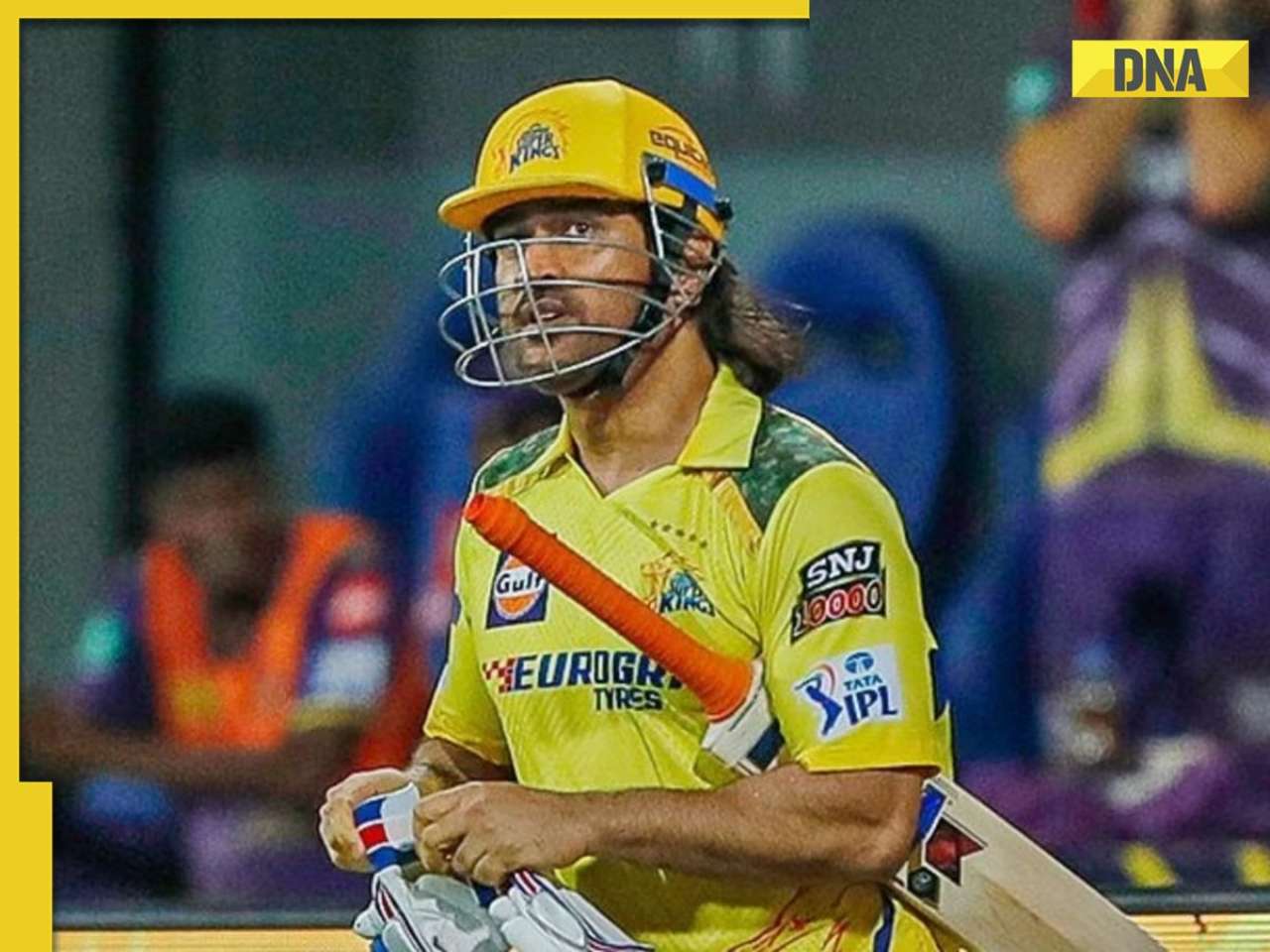
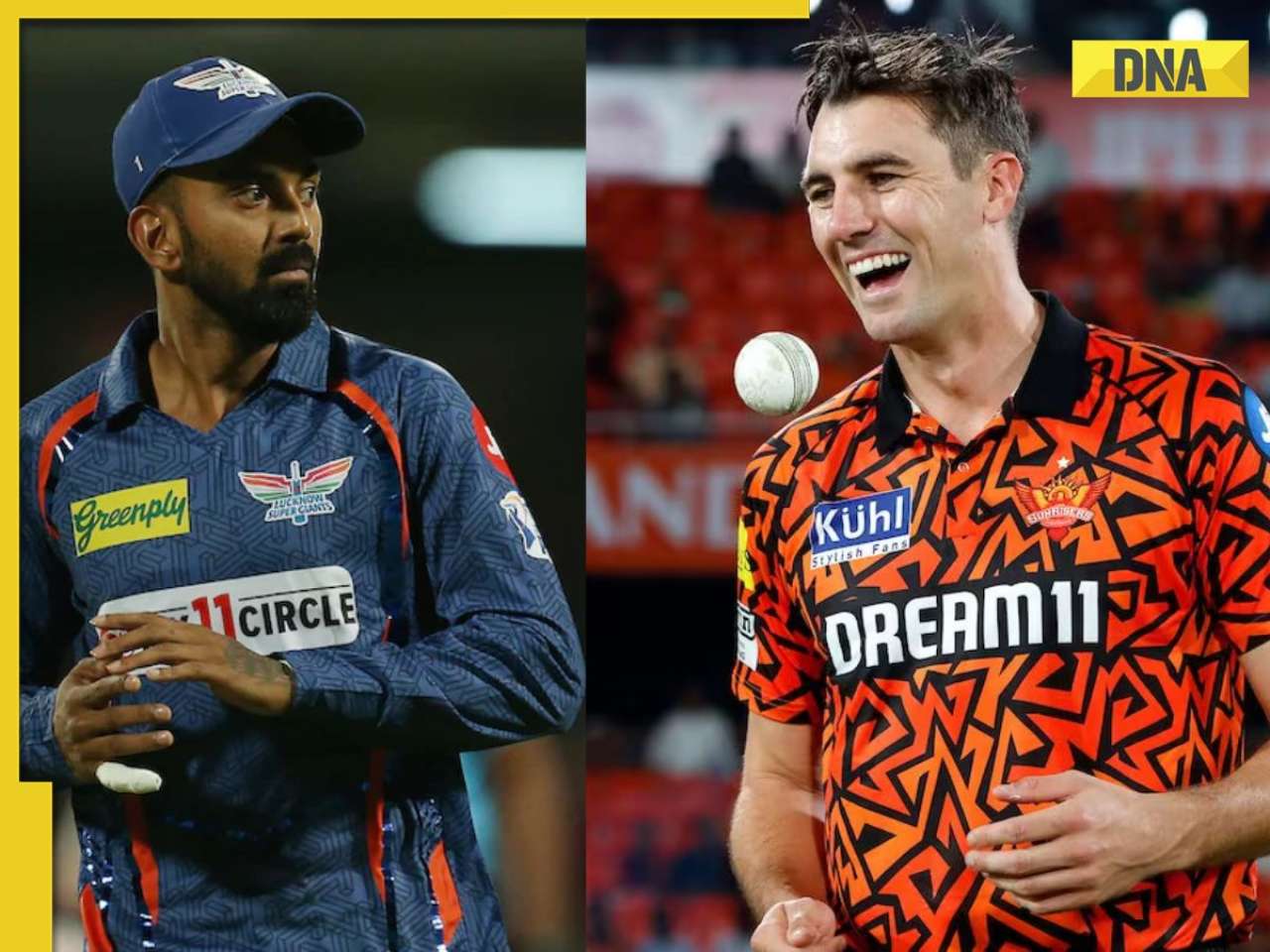
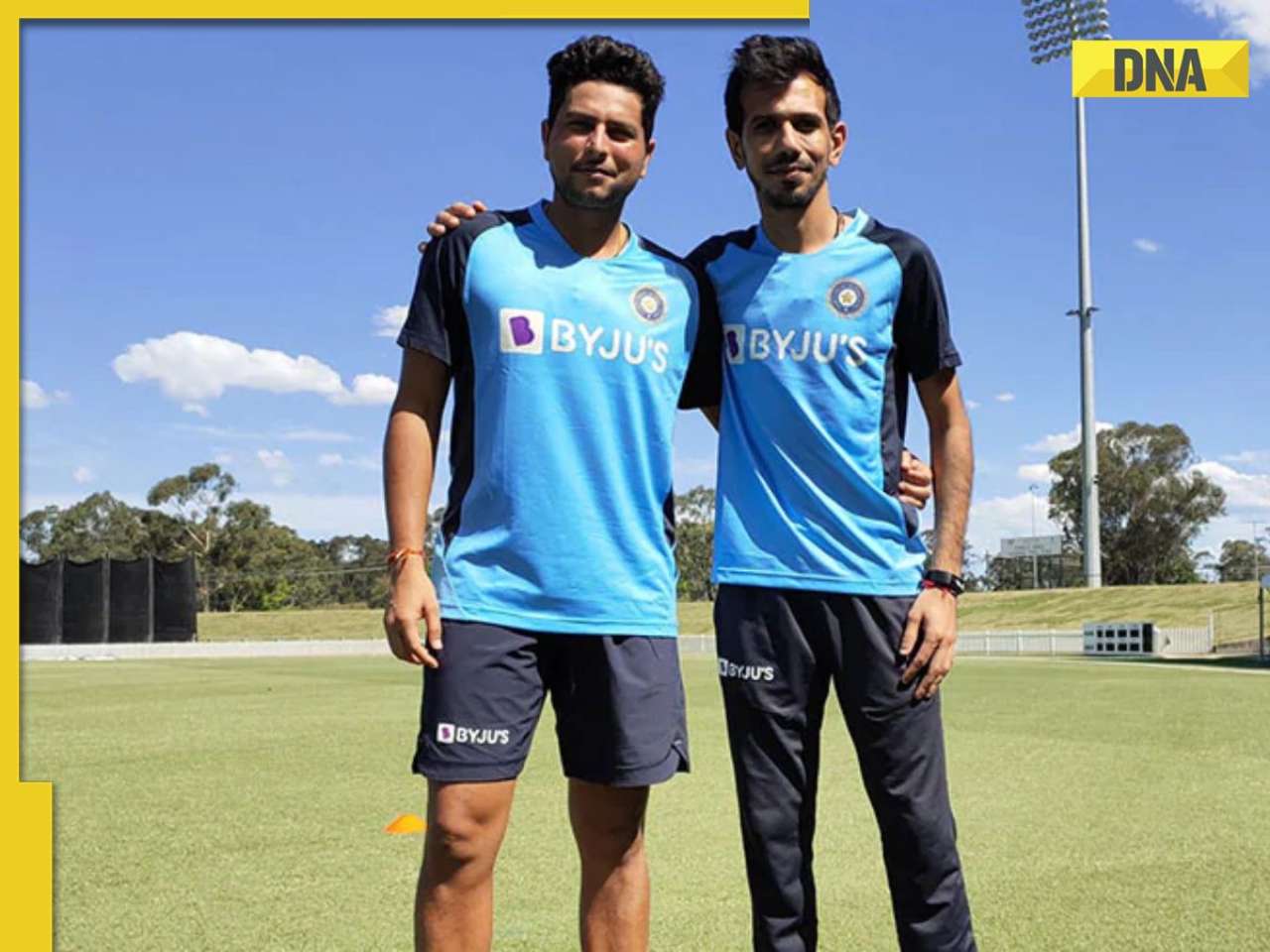

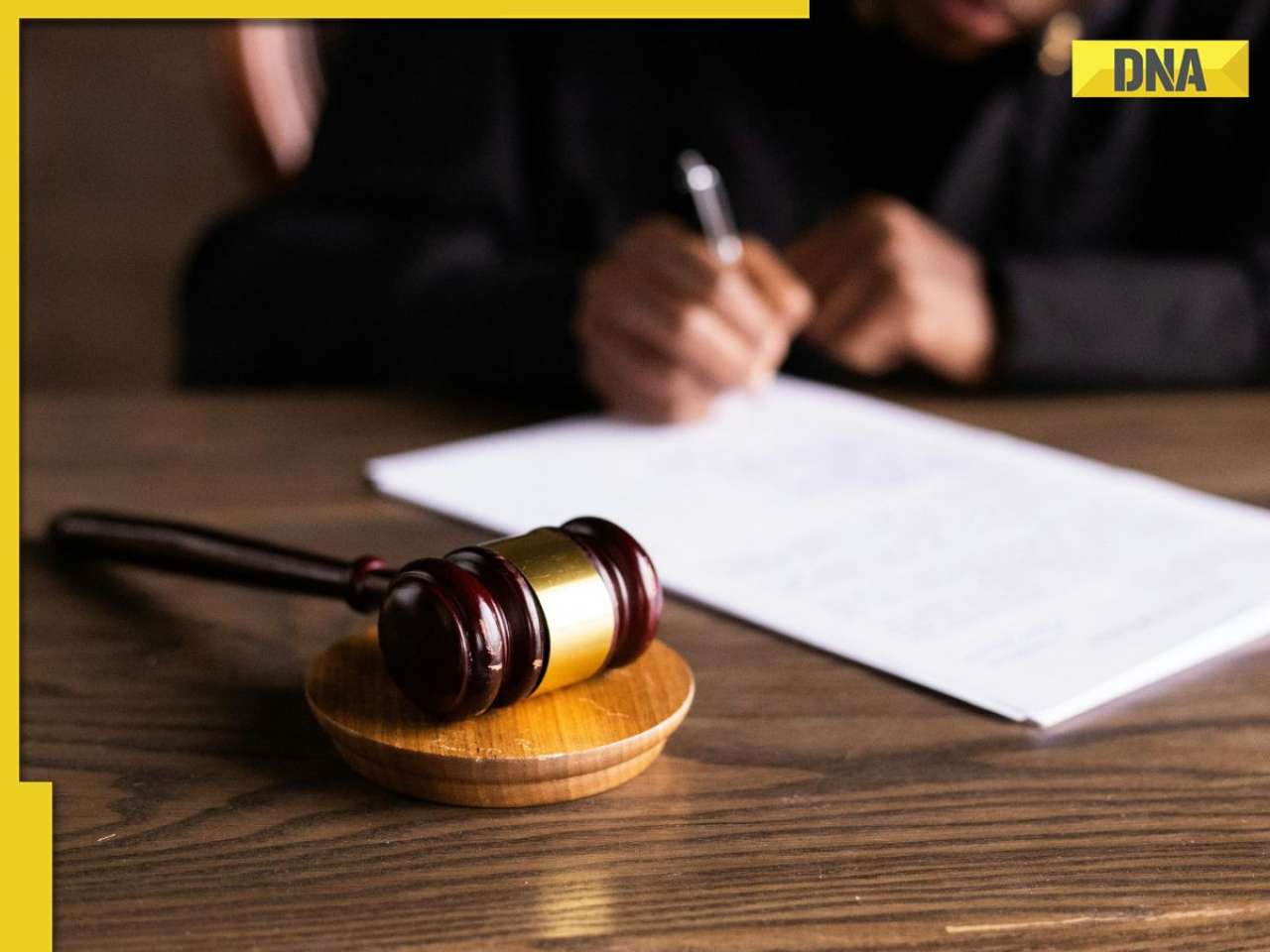
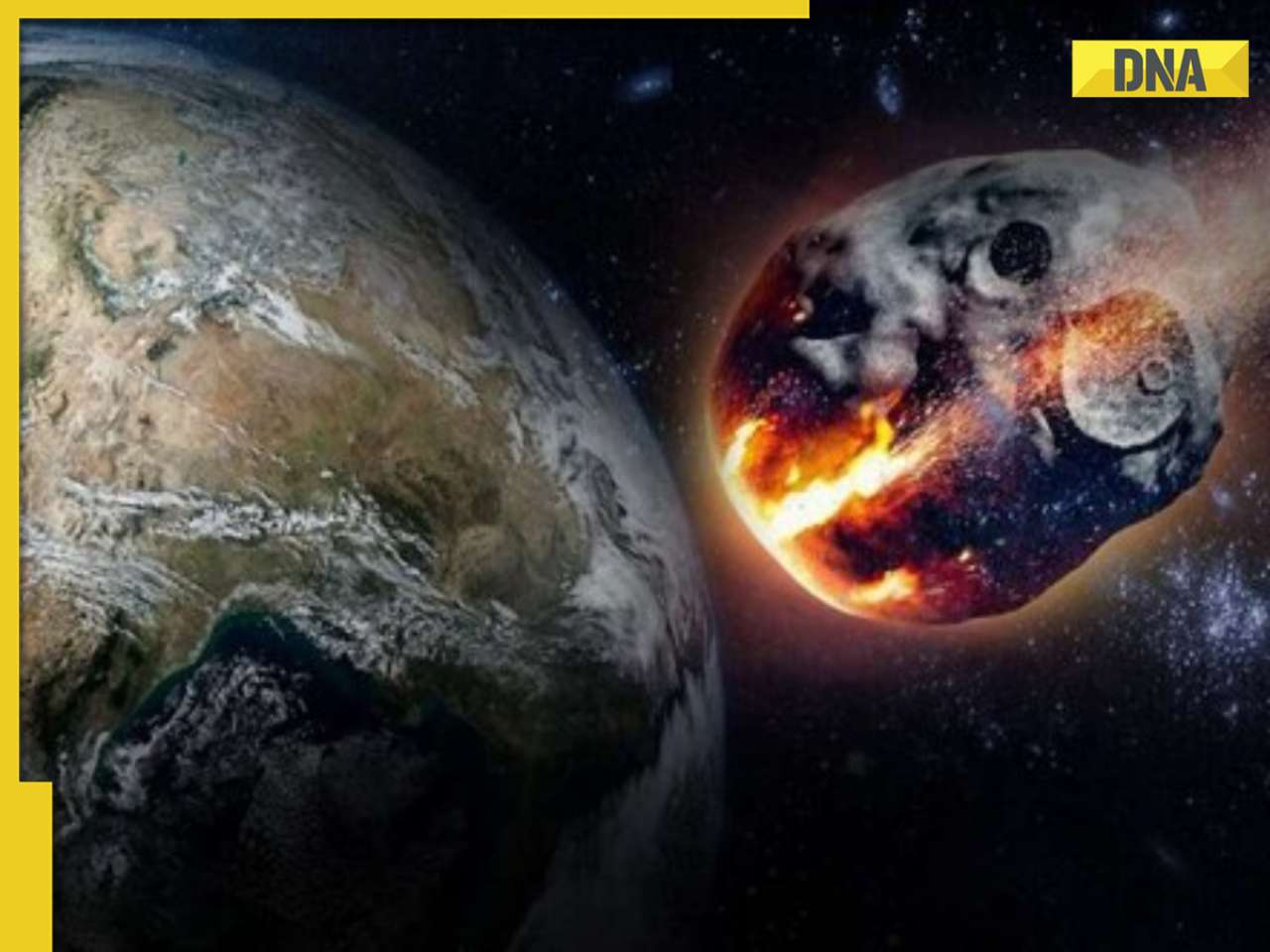













)
)
)
)
)
)